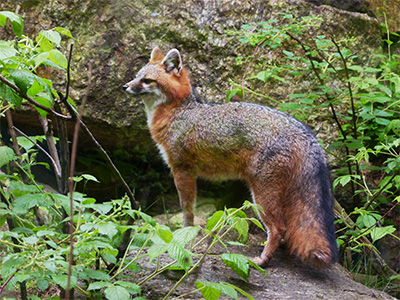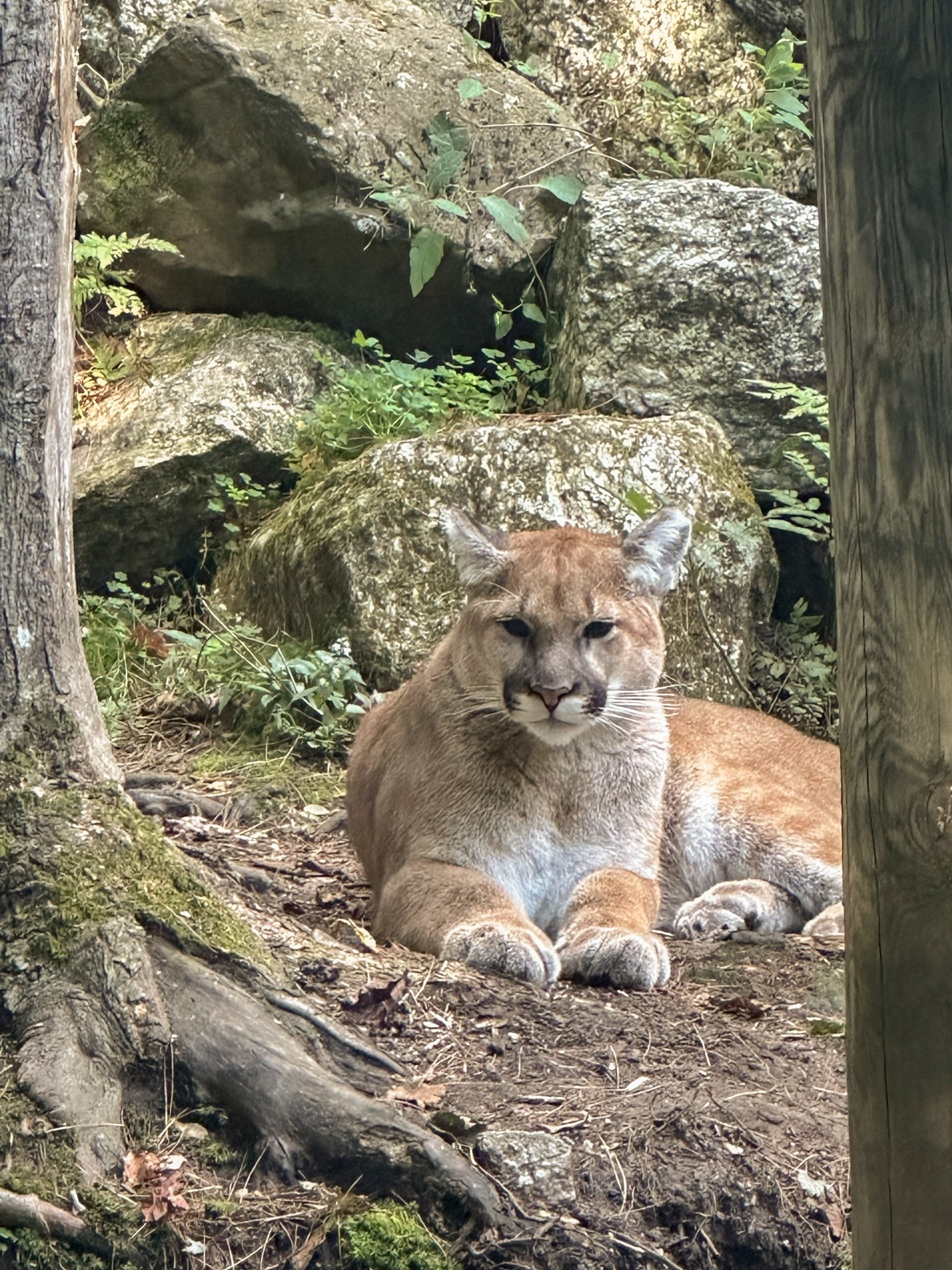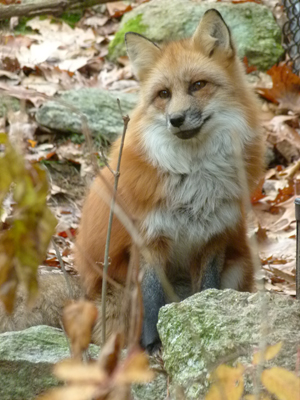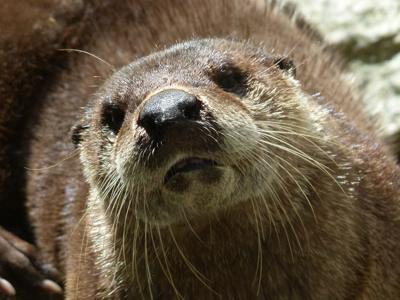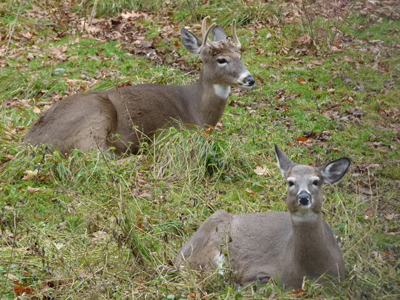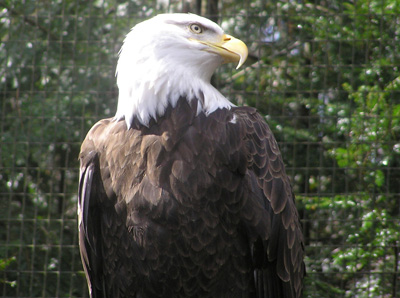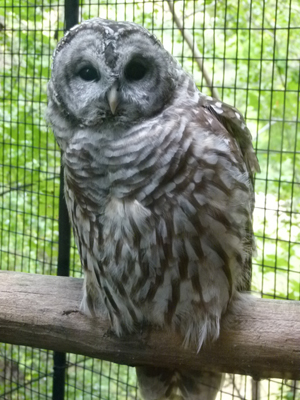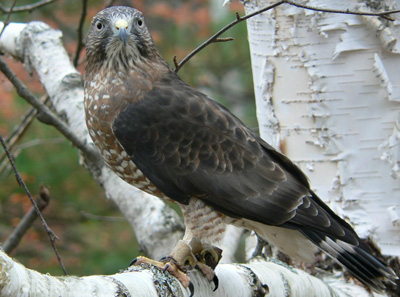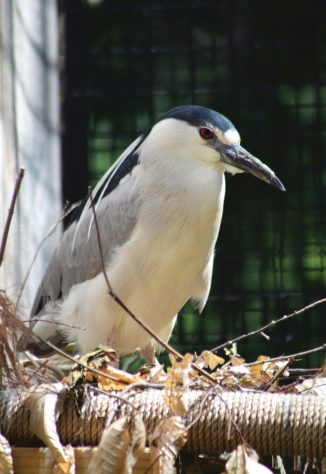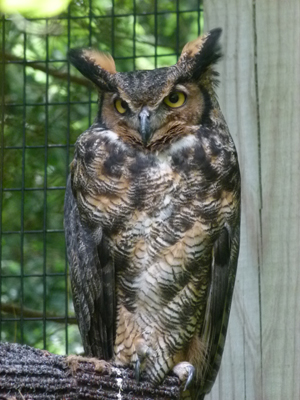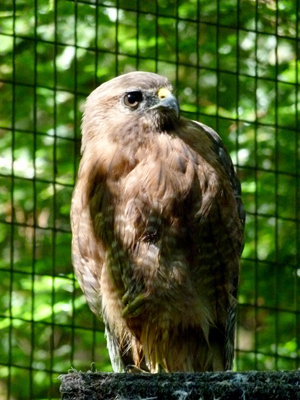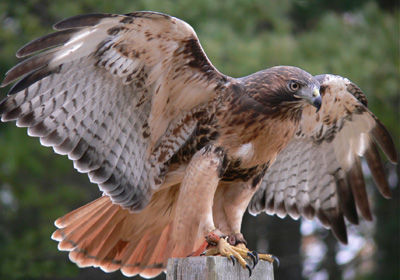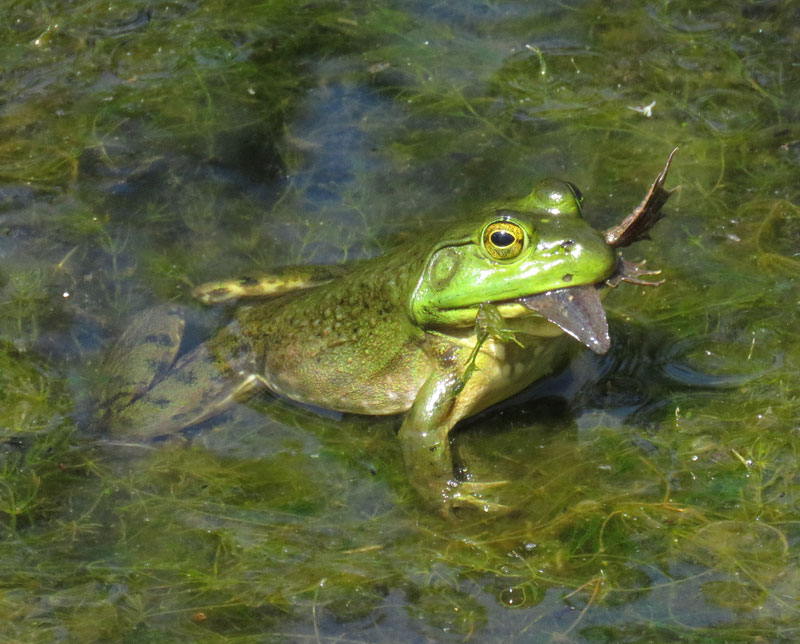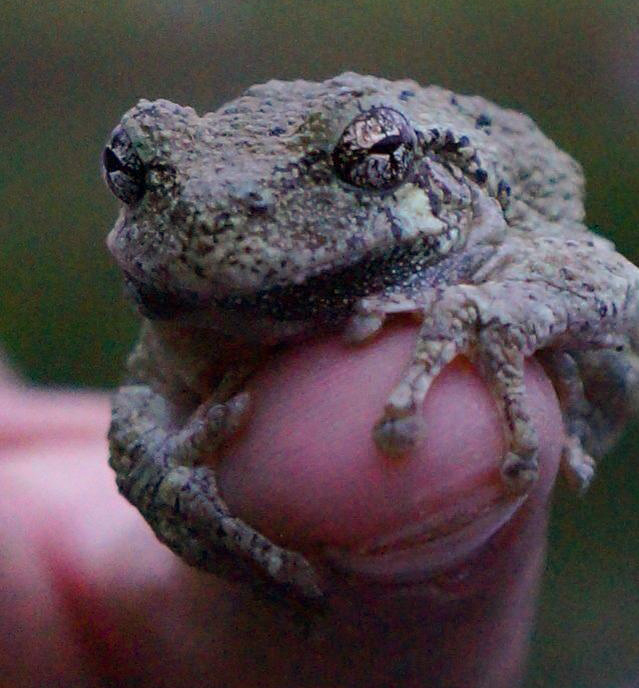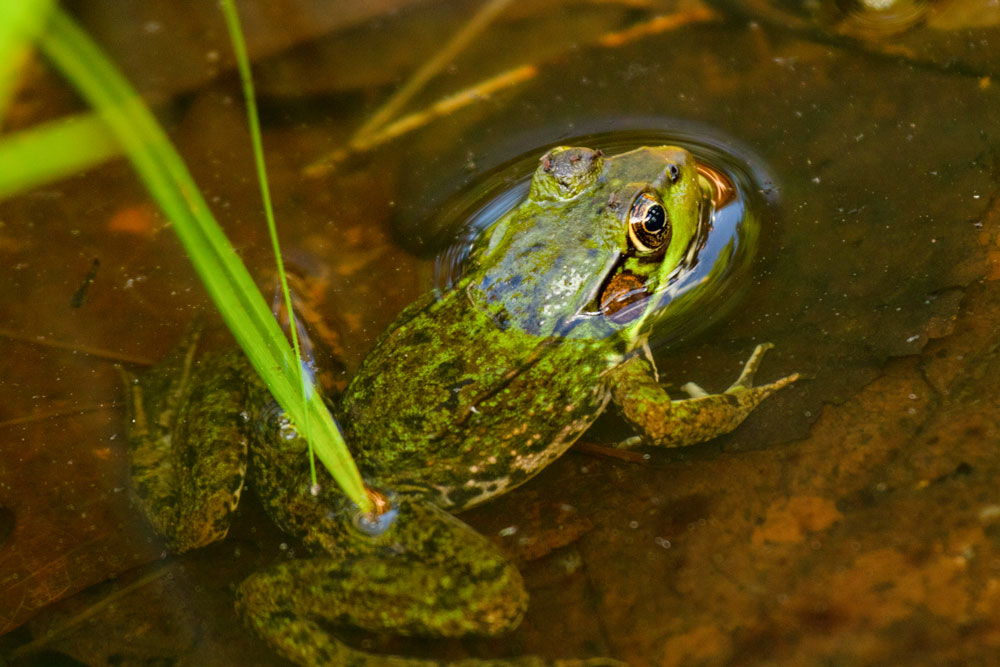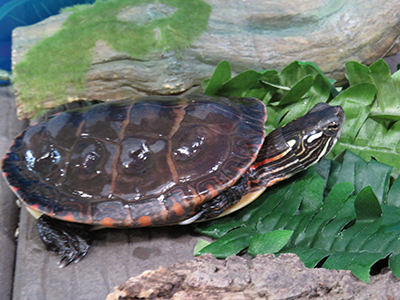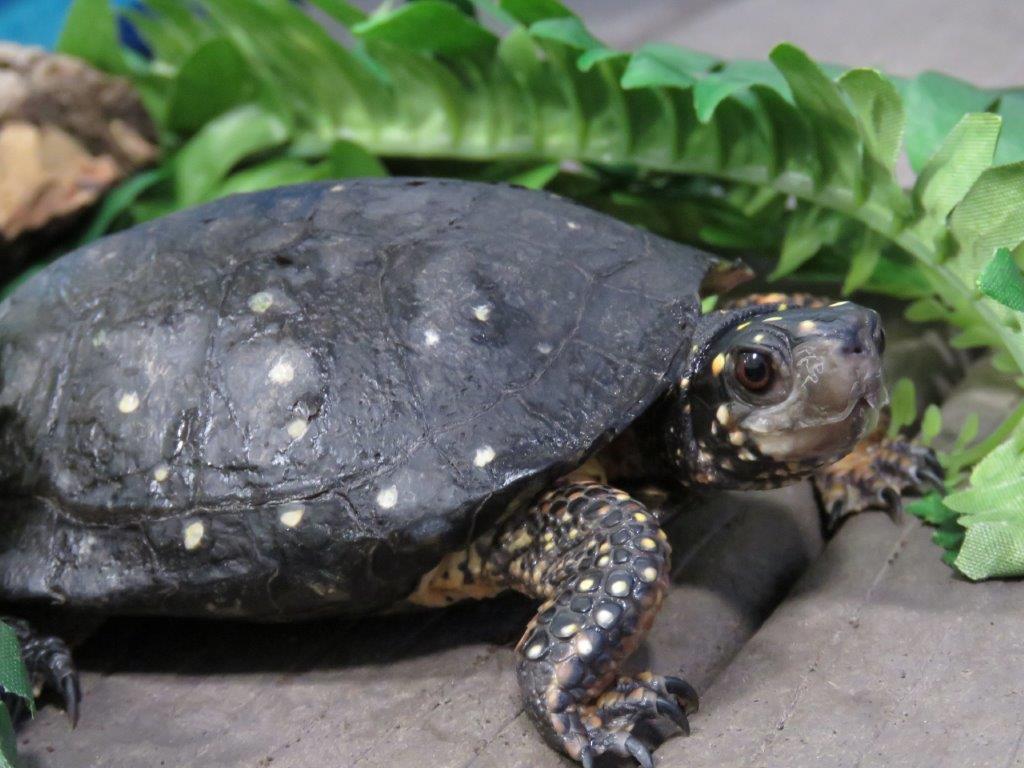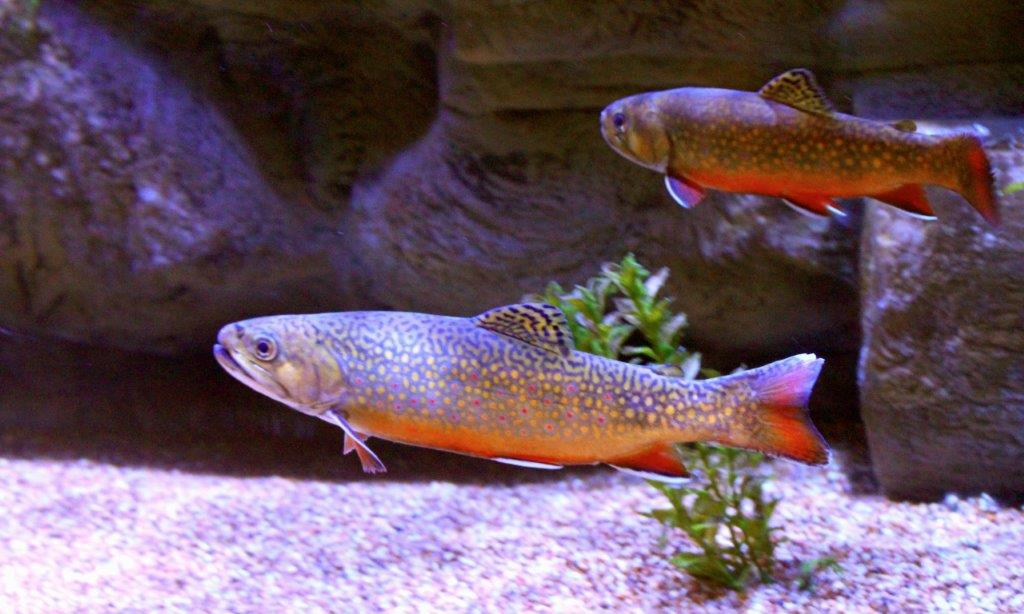Fisher
Martes pennanti
| Kingdom | Animalia |
|---|---|
| Phylum | Chordata |
| Class | Mammalia |
| Order | Carnivora |
| Family | Mistelidae |
| Genus | Martes |
| Species | M. pennanti |
| Lifespan | 3-4 years in the wild |
| Size | 31-47 inches in length, weight 4.5-12 pounds |
| Offspring | 1 to 4 young |
| Status | Populations have recovered from extreme lows in early to mid-1900 |

Fast Facts
What do fishers look like and what animals are their relatives?
Dark brown to black in color with a silver tinge to the head and shoulders, fishers are medium-sized mammals similar in size to a fox. Fur tends to be softer and darker in females. Short legs bring them close the ground and they bound with hind paws landing in the place of the front paws, leaving sets of two foot prints side by side. Male fishers average about 10 to 12 pounds but definite sexual dimorphism is evident, with females being a little over half the weight of males. Fishers are members of the family Mustelidae, with relatives being weasels, martin, mink and otters.
What kind of habitat do fishers favor?
Fishers prefer continuous forest with a thick canopy, translating in the northeast to dense lowland coniferous forests or a mixed forest of conifers and hardwoods. In distribution, fishers are found in southern Canada, New England, New York state and several other northern states. Home range varies from a little over two to 15 square miles depending on the quality of the habitat.
What do fishers eat?
Fisher prey upon snowshoe hare, squirrels, mice, and birds, but perhaps their most intriguing catch is the porcupine. Although not immune to porcupine quills, the fisher has a hunting technique that results in it getting few quills. Using agility to its advantage, the fisher circles the porcupine, looking for opportunities to bite at its unprotected face, while staying away from its powerful tail. Even if the porcupine tries to climb a tree, the arboreal fisher can climb above it and threaten it back to the ground. After about one-half hour, the porcupine may be weakened enough for the fisher to flip it over and attack the ventral side, which has no quills. Porcupine quills rarely cause infection in fishers and accidentally ingested quills often end up in fisher scat! Fishers will also eat carrion. It is unusual for a healthy adult fisher to become prey itself.
Fun Facts!
- Do fishers eat fish? Although they will readily eat fish, individuals rarely, if ever catch them. In his comprehensive reference book, The Fisher, Roger A. Powell concludes that the best source of the name was early settlers who noted the similarities between the fisher and the European polecat. Other names for the polecat were fitch ferrets, fitchet, fitche and fitchew – not a big leap to the name “fisher.”
- In New England we commonly hear this animal being called a “fisher cat”, a confusing label since fishers are not in the cat family.
- Active day or night, fishers are more nocturnal in proximity to people.
- What about those screams in the night? Those loud calls are probably porcupines or perhaps owls or foxes rather than fishers.
- Now, what about fishers being responsible for the disappearance of domestic cats? Fishers can prey upon cats, but Great Horned Owls, coyotes, and cars take a more significant toll. Keeping cats in at night is a good solution.




